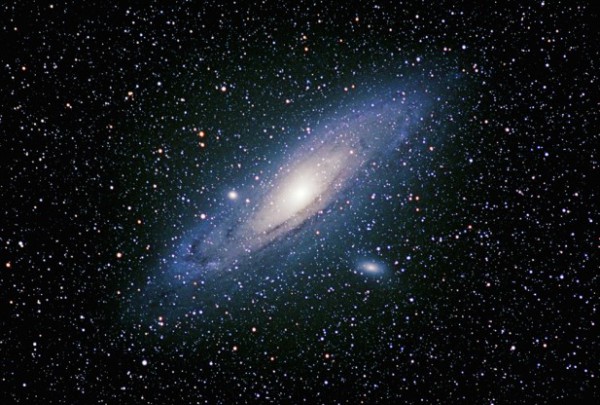System Orbits Betray Neatnik Universe

Generally, the advancement of science prompts more noteworthy many-sided quality — oh, Earth isn’t the main world; no, electrons aren’t minor little balls; shockingly, germs aren’t all great or all awful .
However on occasion, researchers find the universe prefers a little request, as well: Astronomers have quite recently discovered the crowds of smaller person worlds that circle enormous ones have a tendency to do so inside a pleasant, generally characterized plate. Presently the main inquiry is, the reason?

It’s an incredible enormous universe out there, loaded with many billions of universes of distinctive sizes. Most are generally little diminutive person systems, which have a tendency to group around greater and more huge worlds. Machine models had since a long time ago anticipated that the minimal ones ought to circle tumultuously around the enormous ones, swarming like flies in irregular ways.
Our Milky Way Galaxy seemed, by all accounts, to be a bit unexpected, since it was clear the majority of our little partner universes circled somewhat more perfectly, in a level, plate like plane. Cosmologists had recently credited that to happenstance, yet then a year ago a group of analysts reported that the diminutive person cosmic systems around the adjacent Andromeda Galaxy (M31) all circled inside a solitary extensive dainty plate, as well.
Captivated, some of those colleagues needed to see whether the Milky Way and Andromeda systems were exceptions, or if other extensive universes additionally kept their smaller people in line. In the wake of investigating the speeds of more modest friends in 380 cosmic system frameworks from the Sloan Digital Sky Survey (a gigantic accumulation of galactic information), they had their answer: systematic circles appeared to be the standard.
As their Nature paper puts it, “We have observed that the normal monster cosmic system in the SDSS is reliable with our M31 layout.”
Once more, this goes against desires, so its not clear yet why littler worlds ought to like to circle inside generally characterized circles. It may be the case that the current models and reenactments aren’t effective enough yet, and can’t represent all the unpretentious elements at play in a system’s circle.
On the other hand, it could mean there’s some key information hole in our understanding of the universe, from something startling impacts in gas stream examples to something as basic as false impression gravity itself. Just time will enlighten what brings regarding this sudden request.
